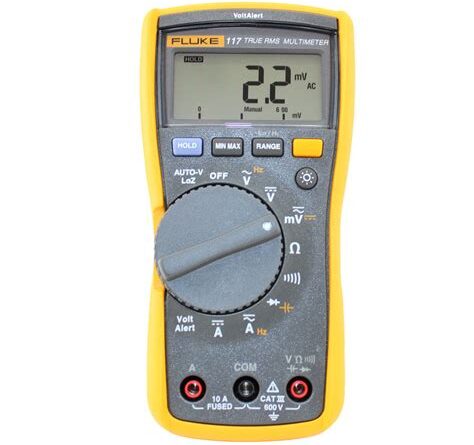Voltage Meters: A Comprehensive Guide

Voltage Meters: A Comprehensive Guide
Introduction
Voltage meters are essential tools for measuring the electrical potential difference between two points in a circuit. They are used in a wide variety of applications, from simple household appliances to complex industrial machinery. In this article, we will provide a comprehensive guide to voltage meters, covering their types, functions, and applications.
Types of Voltage Meters
There are two main types of voltage meters: analog and digital.
Analog Voltage Meters
Analog voltage meters use a moving pointer to indicate the voltage level. They are typically less accurate than digital voltage meters, but they are also less expensive and easier to read.
Digital Voltage Meters
Digital voltage meters display the voltage level on a digital display. They are more accurate than analog voltage meters, but they are also more expensive and more difficult to read.
Functions of Voltage Meters
Voltage meters are used to measure the electrical potential difference between two points in a circuit. This information can be used to troubleshoot electrical problems, verify the operation of electrical devices, and monitor the performance of electrical systems.
Applications of Voltage Meters
Voltage meters are used in a wide variety of applications, including:
- Household appliances: Voltage meters can be used to troubleshoot electrical problems in household appliances, such as refrigerators, ovens, and washing machines.
- Industrial machinery: Voltage meters can be used to monitor the performance of industrial machinery, such as motors, pumps, and generators.
- Automotive: Voltage meters can be used to troubleshoot electrical problems in automobiles, such as batteries, alternators, and starters.
- Electronics: Voltage meters can be used to test and troubleshoot electronic devices, such as computers, televisions, and radios.
How to Use a Voltage Meter
To use a voltage meter, follow these steps:
- Select the correct voltage range. The voltage range should be higher than the expected voltage level.
- Connect the voltage meter to the circuit. The positive lead of the voltage meter should be connected to the positive terminal of the circuit, and the negative lead of the voltage meter should be connected to the negative terminal of the circuit.
- Read the voltage level. The voltage level will be displayed on the voltage meter’s display.
Safety Precautions
When using a voltage meter, it is important to take the following safety precautions:
- Never connect a voltage meter to a live circuit. This could damage the voltage meter or cause an electrical shock.
- Always wear safety glasses when using a voltage meter. This will protect your eyes from flying debris in case the voltage meter explodes.
- Keep the voltage meter away from water. This could damage the voltage meter or cause an electrical shock.
Troubleshooting Voltage Meters
If your voltage meter is not working properly, there are a few things you can check:
- Check the batteries. The batteries may be dead or weak.
- Check the fuses. The fuses may be blown.
- Check the connections. The connections may be loose or damaged.
- Contact the manufacturer. If you cannot troubleshoot the problem yourself, you can contact the manufacturer for assistance.
Conclusion
Voltage meters are essential tools for measuring the electrical potential difference between two points in a circuit. They are used in a wide variety of applications, from simple household appliances to complex industrial machinery. By understanding the types, functions, and applications of voltage meters, you can use them safely and effectively to troubleshoot electrical problems, verify the operation of electrical devices, and monitor the performance of electrical systems.
5 Best Voltage Meters for Accurate Electrical Measurements
Voltage meters are essential tools for electricians, technicians, and hobbyists alike. They allow you to measure the voltage of electrical circuits, which is crucial for troubleshooting, safety, and performance optimization. With so many voltage meters on the market, choosing the right one can be overwhelming. Here are the top 5 voltage meters that offer accuracy, reliability, and ease of use:
1. Fluke 117 Electrician’s Multimeter
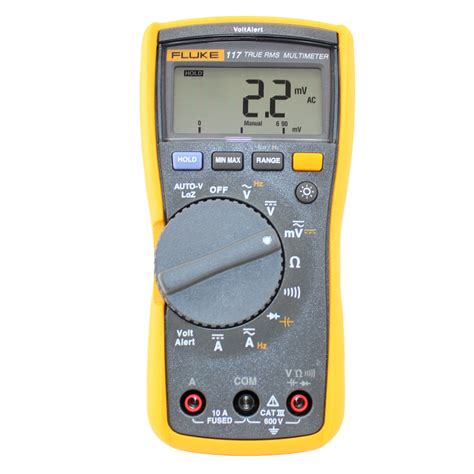
Features:
- True RMS measurements for accurate readings on non-sinusoidal waveforms
- Auto-ranging for quick and easy measurements
- Large, backlit display for clear visibility
- Compact and durable design for portability and ruggedness
2. Klein Tools MM400 Auto-Ranging Multimeter
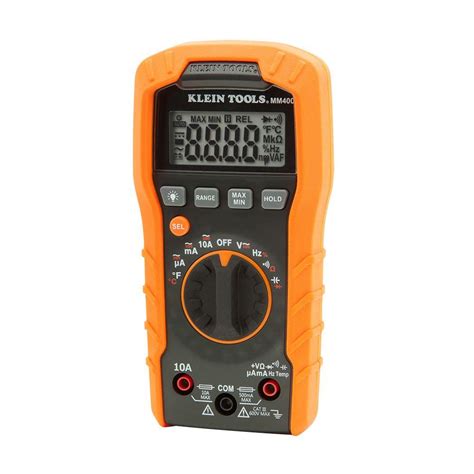
Features:
- Auto-ranging for hassle-free measurements
- Non-contact voltage detection for added safety
- Large, easy-to-read display with backlight
- Durable construction with rubber overmold for protection
3. Extech EX330 Mini Multimeter
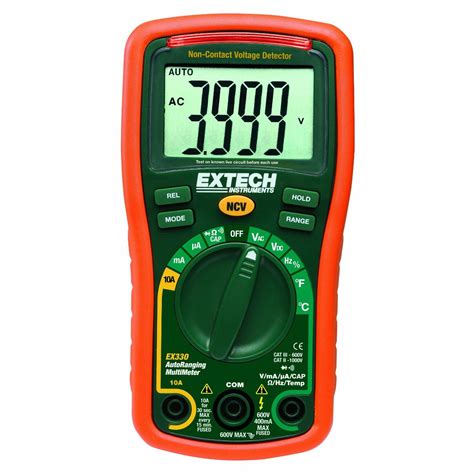
Features:
- Compact and lightweight for portability
- Auto-ranging for quick measurements
- Large, backlit display for easy reading
- Built-in flashlight for working in low-light conditions
4. Amprobe AM-510 Digital Multimeter
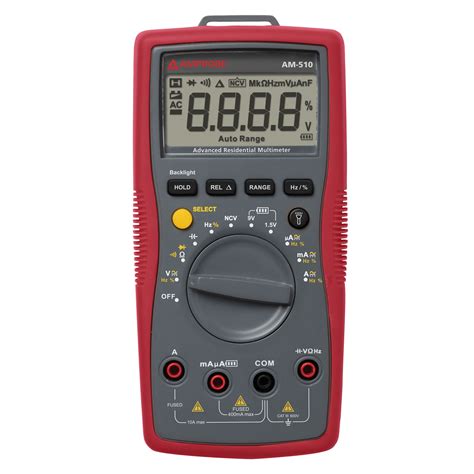
Features:
- True RMS measurements for accurate readings
- Auto-ranging with manual override for precise measurements
- Large, backlit display with bar graph for easy interpretation
- Rugged construction with IP67 rating for water and dust resistance
5. Hioki 3244-60 Clamp Meter
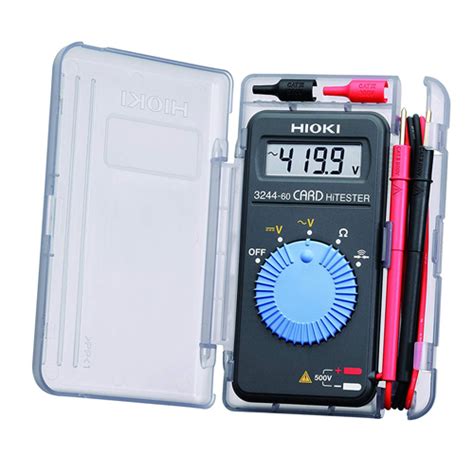
Features:
- Clamp-on design for non-contact measurements
- True RMS measurements for accurate readings
- Large, backlit display with bar graph for easy interpretation
- Rugged construction with IP54 rating for water and dust resistance
